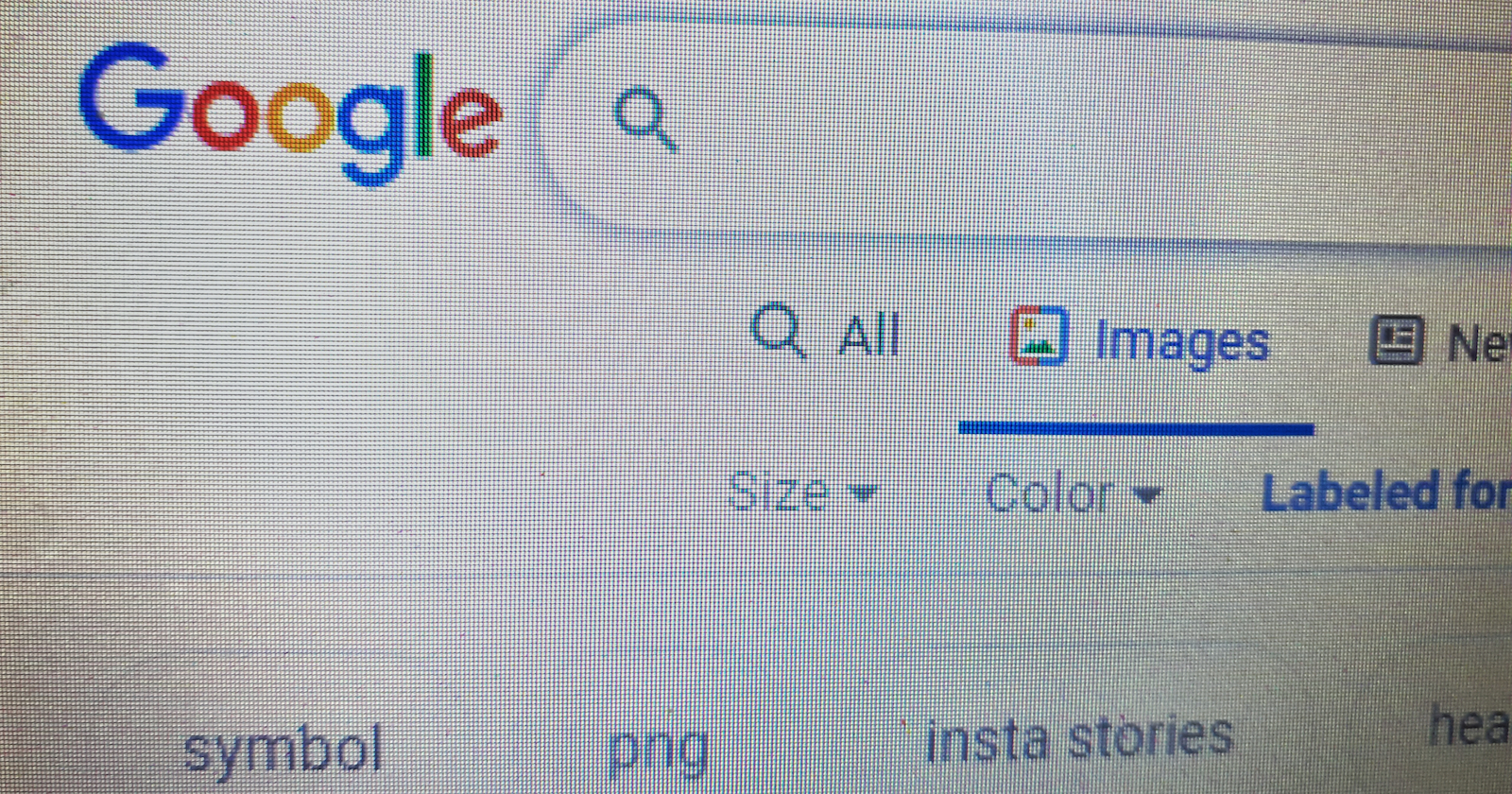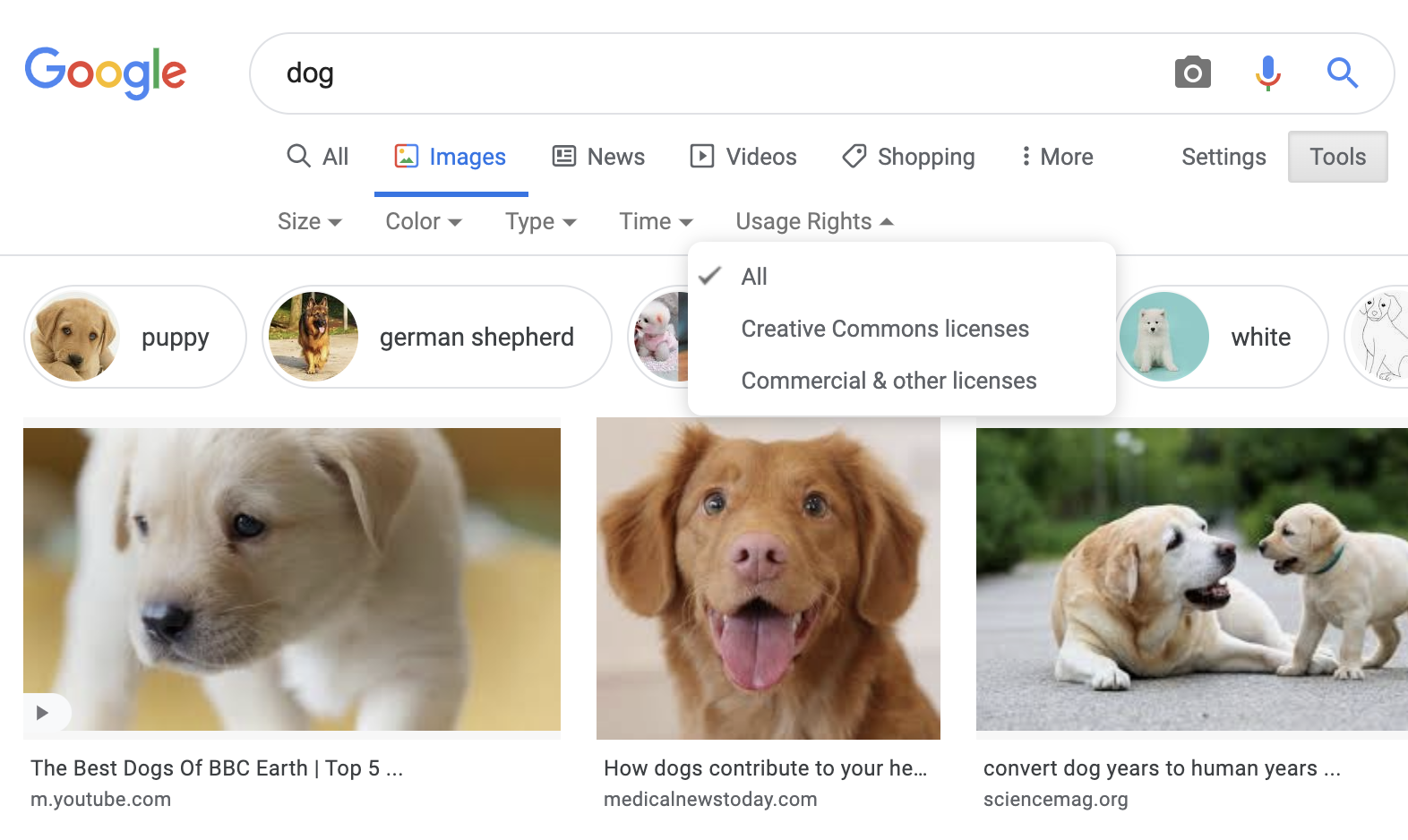
Google has removed both the Labeled for Reuse and Labeled for Reuse with Modification' features from its image search tools.
Karen Neicy SVP; Experience Strategy at Green Arrow

In a quiet move, Google has removed both the Labeled for Reuse and Labeled for Reuse with Modification features from its image search tools.
To remove an entire subset of imagery that, at the advice of Google itself, people should use, is disarming.
It’s long been known that Google prioritizes unique content, and that stock imagery can often negatively affect your website’s search visibility.
The new option, amidst the others that were removed in the image search tools usage rights, is Creative Commons Licenses.

Upon first glance this seems like a good update.
Aaron Swartz, the late co-founder of Reddit and pioneer for a decentralized, open-sourced Internet, played a large role in the early stages of the development of Creative Commons.
However, unlike the Labeled for Reuse, and Labeled for Reuse with Modification options, every Creative Commons license requires that you provide attribution to the original creator as well as link to the original work.
While all of the Labeled for Reuse and Labeled for Reuse with Modification images still required further investigation to determine if the license required attribution, most of the images under these categories did not.
We all know the business owner who is still getting hit with that $800 Getty Images demand letter for using the “group of palms in a circle, about to rev up and break for the culture building pizza party, TEAMWORK” photo.
And Google has had its fair share of old copyright scares as well.
In 2004, Perfect 10 vs. Google alleged Google was illegally distributing thumbnails of the company’s models.
The court ruled in Google’s favor, citing it was fair use and a “considerable help to the public.”
But why now, without a single lawsuit since, is Google moving to legally protect every image it serves to the user?
Just last month, we squirmed as Amazon CEO Jeff Bezos, Facebook CEO Mark Zuckerberg, Alphabet CEO Sundar Pichai, and Apple CEO Tim Cook took a historic hammering from Congress on antitrust laws as (mostly) related to privacy, data, and monopolies.
One of the points of issue when it came to Google is that Google is without a doubt building and serving its own products and features in order to keep users off other websites (although the older Senators kept calling Google features, such as GMB, Shopping, rich snippets, etc., “websites”, they meant features and products).
So what does this have to do with the removal of LFRU and LRFUWM?
The move ironically uses what’s meant to be a free and protective measure for creatives, to siphon out a huge portion of content from other types of non-licensed work.
What this signals is the first change of what I predict will be a complete overhaul of the image search feature user interface, in order to undoubtedly keep users on the platform longer.
In this move alone, users no longer have to leave Google to check the license, because every Creative Commons license requires attribution and the link as well as the owner’s name show up, within the search result itself.
While Google is the top visited website in the world, its average visit time is 8 minutes and 17 seconds, and declining.
Compared to social giants like Instagram, whose average visit time is 53 minutes per day, Google has made significant changes to their UI over the past five years that are directly intended to keep users on the website for longer.
Many of these updates have proven valuable for marketers.
The “newish” GMB features, such as virtual tours, text messaging and post updates have helped websites gain visibility and leads.
Featured snippets have proven a great opportunity to get a website indexed at the top of Google for providing answers to valuable questions, and marketers have now been able to index websites for Google voice search, as well take advantage of nearly every new feature for the good of their client or their business.
While the marketer may find new opportunities to build links, rank images and find success through this update, it’s the small business with no budget, the creator with no digital acumen, and the people who perhaps need visibility the most that are once again going to feel the effects of this change.
As far as taking steps in order to avoid this silent update affecting your SEO, start now.
If you already own a library of images for a client, make sure you start licensing them now.
If you were using other content such as Unsplash or Pexels, pivot to a small production budget.
And finally, if you were digitally designing your website’s imagery, make sure to license it the same you would with a pre-existing library.